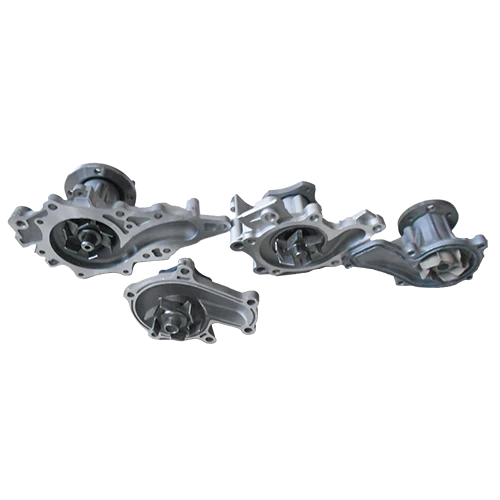Mobile:+86-311-808-126-83
Email:info@ydcastings.com
Understanding the Importance of Exhaust Housing in Engine Performance and Efficiency
Understanding Exhaust Housing in Turbocharged Engines
Exhaust housing is a critical component of turbocharged engines, playing a significant role in the overall performance and efficiency of an automobile. Its primary function is to house the turbine of the turbocharger, which is essential for converting exhaust gas energy into usable power, thus enhancing the engine's output without significantly increasing the engine size or weight.
Structure and Function
The exhaust housing is typically made from high-temperature resistant materials such as cast iron or stainless steel due to its exposure to extreme heat and pressure generated by the engine’s exhaust gases. It encases the turbine wheel and directs the flow of exhaust gases into the turbine, causing it to spin. As the turbine spins, it drives the compressor wheel located in the compressor housing, which draws in air, compresses it, and forces it into the engine’s intake. This process significantly increases the amount of air entering the engine, enabling it to burn more fuel and produce more power.
Types of Exhaust Housing
Exhaust housings come in various designs, with the most common being the divided or twin-scroll design. The divided design separates the pulse of exhaust gases from different cylinders, reducing turbo lag and improving the efficiency of the turbocharger. This design is especially beneficial in inline engines where the exhaust pulses are staggered, allowing for smoother and more consistent power delivery. On the other hand, single-scroll designs are simpler and often cheaper, but they may not maximize the turbocharger's efficiency compared to their divided counterparts.
Size Matters
exhaust housing

The size of the exhaust housing significantly affects the turbocharger's performance characteristics. A smaller exhaust housing can spool up faster, providing quick throttle response and reducing turbo lag. However, this can come at the cost of top-end power, as it may restrict the exhaust flow at higher engine speeds. Conversely, a larger exhaust housing improves exhaust flow and allows for higher peak power but may result in delayed spool-up times. Thus, selecting the right size of the exhaust housing is crucial for achieving the desired balance between low-end response and high-end power.
Customization and Upgrades
Many automotive enthusiasts choose to customize or upgrade their exhaust housings to optimize performance. Upgrading to a larger or more efficient exhaust housing can lead to significant gains in power, especially in modified engines aimed at higher performance. However, one must consider the entire system, including the intake, intercooling, and engine tuning, to ensure compatibility and reliability. Tuning the engine's ECU to accommodate changes in airflow and exhaust dynamics is essential for maintaining optimal performance and preventing engine damage.
Challenges and Considerations
Despite its benefits, the exhaust housing can also introduce challenges. One common issue is heat management. As it operates in high-temperature environments, poor heat dissipation can lead to turbo failures or reduced performance. Ensuring proper heat shielding and choosing materials capable of withstanding high temperatures are essential for longevity and reliability. Additionally, regular maintenance and inspection can help identify and mitigate issues such as cracks or warping, which can compromise the exhaust housing's effectiveness.
Conclusion
In summary, the exhaust housing is a vital component in turbocharged engines that significantly influences performance, efficiency, and responsiveness. Understanding the various designs, sizes, and materials available allows enthusiasts and engineers to make informed decisions that enhance their vehicles’ capabilities. Whether for racing, daily driving, or performance tuning, a comprehensive knowledge of exhaust housing can lead to an improved driving experience, showcasing the intricate balance of engineering and performance in modern automotive design.











